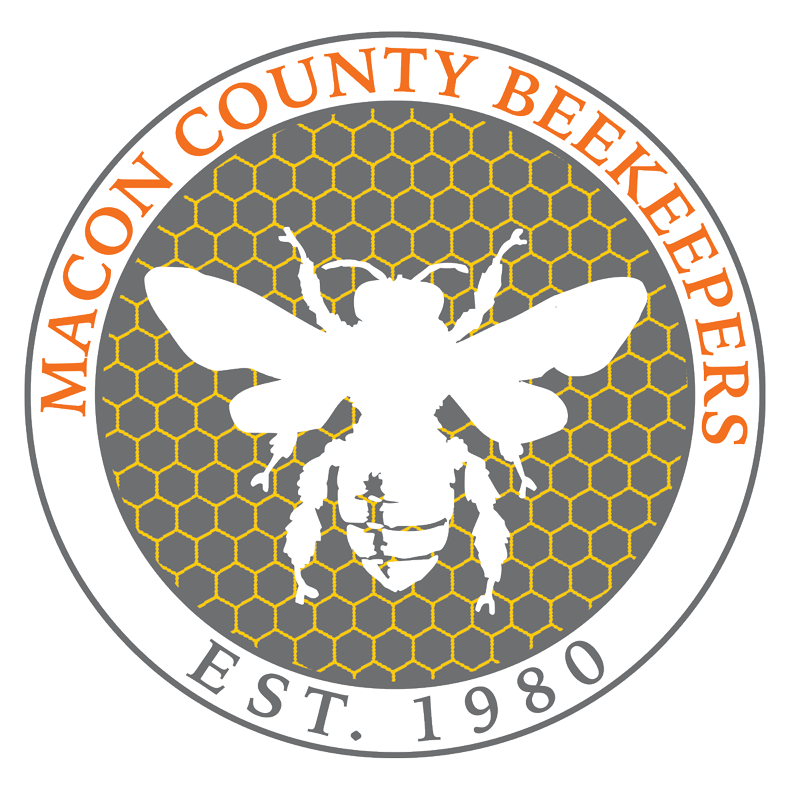Bee Aware for Bee Swarms
go.ncsu.edu/readext?791457
en Español / em Português
El inglés es el idioma de control de esta página. En la medida en que haya algún conflicto entre la traducción al inglés y la traducción, el inglés prevalece.
Al hacer clic en el enlace de traducción se activa un servicio de traducción gratuito para convertir la página al español. Al igual que con cualquier traducción por Internet, la conversión no es sensible al contexto y puede que no traduzca el texto en su significado original. NC State Extension no garantiza la exactitud del texto traducido. Por favor, tenga en cuenta que algunas aplicaciones y/o servicios pueden no funcionar como se espera cuando se traducen.
Português
Inglês é o idioma de controle desta página. Na medida que haja algum conflito entre o texto original em Inglês e a tradução, o Inglês prevalece.
Ao clicar no link de tradução, um serviço gratuito de tradução será ativado para converter a página para o Português. Como em qualquer tradução pela internet, a conversão não é sensivel ao contexto e pode não ocorrer a tradução para o significado orginal. O serviço de Extensão da Carolina do Norte (NC State Extension) não garante a exatidão do texto traduzido. Por favor, observe que algumas funções ou serviços podem não funcionar como esperado após a tradução.
English
English is the controlling language of this page. To the extent there is any conflict between the English text and the translation, English controls.
Clicking on the translation link activates a free translation service to convert the page to Spanish. As with any Internet translation, the conversion is not context-sensitive and may not translate the text to its original meaning. NC State Extension does not guarantee the accuracy of the translated text. Please note that some applications and/or services may not function as expected when translated.
Collapse ▲Honey bees are highly esteemed for providing honey, beeswax, and other valuable hive products. Honey bees are important pollinators of almonds, apples, blackberries, blueberries, forage crops, cucurbits (e.g., squash), and more. Although highly cherished, honey bees can be a nuisance and threatening for those who are allergic to bees.
Webster’s definition of a swarm reads; “a great number of honeybees emigrating together from a hive in company with a queen to start a new colony elsewhere.” Swarming is an advantage to the bees but is a disadvantage for beekeepers. As a result, beekeepers endeavor to manage their hives to reduce the incidence of “escapes” or swarming.
Swarming usually occurs in late spring and early summer and begins in the warmer hours of the day. Typically, swarms cluster on an object, such as a tree branch, while scout bees search for a permanent nest site. A hanging swarm may assume any shape, depending on the surface it lands on. Most hanging swarms are dark brown, round, or oval and about the size of a basketball or watermelon.
Although swarms may look threatening, most are not dangerous and are simply looking for a new home. Usually, honey bees feed prior to swarming, which reduces their ability to sting and when away from the locale of their nest, are less defensive and unlikely to sting unless provoked.
If a honey bee swarm lands on your property:
- Avoid disturbing it. Keep children, pets and others away from the swarm.
- If the swarm is located at a safe distance, then wait for it to fly away on its own. A swarm usually relocates to a permanent site e.g., a hollow tree, abandoned beekeeper’s hive, or inside a hollow wall in about 24 hours.
- If the swarm poses a real risk to people or animals, find a local beekeeper who will be happy to remove it. Your county Extension agent can refer you to local beekeepers who collect swarms. Note – not all beekeepers collect swarms, and some may charge a fee for their service.
At times, swarms find their way into wall voids. To avoid this problem, seal openings such as holes, gaps in siding, and openings around plumbing or electric wires. If you discover a bee colony nesting inside a wall, consider working with a beekeeper and carpenter team specific for this work. Pest control companies tend to avoid handling swarms because they involve unusual skill and liability risks.
Beekeepers willing to extract bees within a wall, typically wait until evening when all bees are inside the nest. First, they will locate the nest cavity by listening and observing and then begin removing the siding or necessary timbers followed by vacuuming the bees off each comb layer. This process continues in succession until all the bees and combs are removed; followed by sealing off the void. Afterwards, it’s important to close up potential bee entry sites to avoid the risk of a new swarm quickly reoccupying the void. When the work is complete, it’s not uncommon to find a few disoriented worker bees on the outside surface where the nest entrance used to be. These lingering bees pose a minimal sting risk and typically die or relocate within a short period of time.
For more information on Bee Swarms contact the N.C. Cooperative Extension, Macon County Center at 828-349-2046.
To learn more about beekeeping contact the Macon County Beekeepers at email maconcobeeclub@gmail.com or find them on Facebook.

Honey Bees





